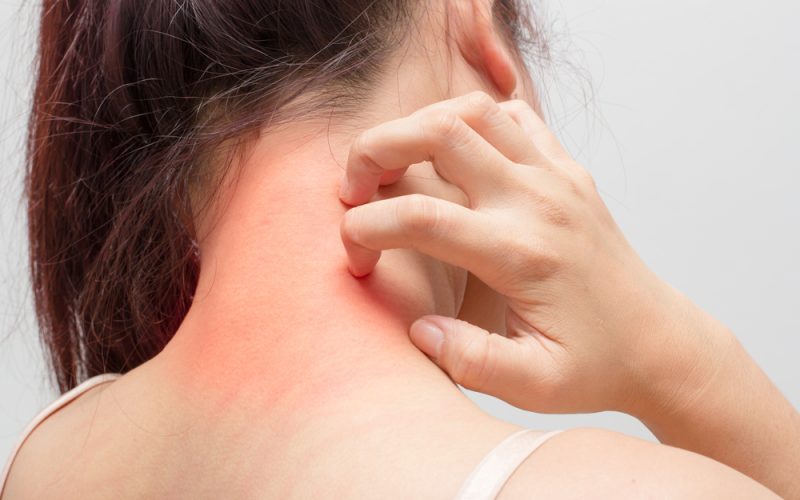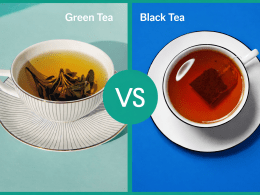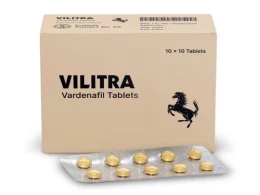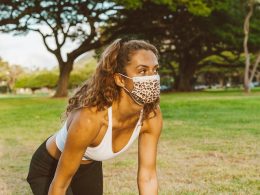Understanding Heat Rash: Causes and Symptoms
Heat rash, also known as prickly heat or miliaria, is a common skin condition that occurs when sweat ducts become blocked and trap perspiration beneath the skin’s surface. This leads to inflammation, itching, and the development of small, red bumps or blisters. Understanding the causes and symptoms of Heat Rash Unveiled is essential for effective management and prevention.
Common Causes of Heat Rash
Heat rash typically occurs in hot, humid environments or during periods of increased physical activity. Contributing factors include:
- Hot Weather: Prolonged exposure to hot and humid conditions can lead to excessive sweating, increasing the risk of heat rash.
- Blocked Sweat Ducts: Sweat ducts can become blocked due to friction from tight clothing, occlusive fabrics, or prolonged bed rest.
- Intense Physical Activity: Vigorous exercise or activities that induce sweating without adequate ventilation can contribute to heat rash development.
- Immature Sweat Ducts: In infants, underdeveloped sweat ducts may be more prone to blockage, resulting in heat rash, particularly in skin folds.
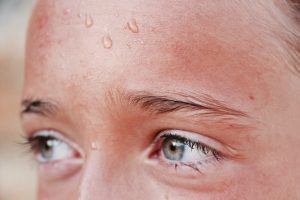
Symptoms of Heat Rash
The hallmark symptoms of heat rash include:
- Redness: Affected areas may appear red or pink due to inflammation and irritation.
- Itching: Heat rash is often accompanied by itching or a prickling sensation, prompting scratching.
- Small Bumps or Blisters: Clusters of small, raised bumps or blisters may develop on the skin’s surface, particularly in areas prone to friction or sweating.
Identifying and Diagnosing Heat Rash
Heat rash is typically diagnosed based on clinical examination and presenting symptoms. Healthcare providers may perform the following assessments:
- Physical Examination: Healthcare providers visually inspect the affected skin to assess the appearance of lesions, distribution, and severity.
- Medical History: Patients may be asked about recent exposure to hot environments, physical activity levels, and any associated symptoms.
Soothing and Treating Heat Rash
1. Keep Skin Cool and Dry
- Cool Compresses: Apply cool, damp cloths or take cool showers to soothe irritated skin and reduce inflammation.
- Air Circulation: Wear loose, breathable clothing and avoid tight-fitting garments to promote airflow and prevent further irritation.
- Stay Indoors: Limit exposure to hot and humid environments until the rash resolves to prevent exacerbation. Explore More About (Blood Pressure Monitoring)
2. Calming Topical Treatments
- Oatmeal Baths: Add colloidal oatmeal to lukewarm bathwater and soak to relieve itching and soothe inflamed skin.
- Aloe Vera Gel: Apply pure aloe vera gel to affected areas to alleviate discomfort and promote healing.
- Hydrocortisone Cream: Over-the-counter hydrocortisone cream can help reduce inflammation and itching associated with heat rash.
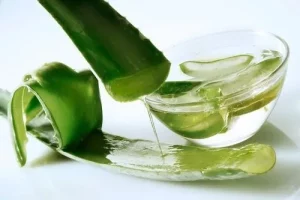
3. Prevention Strategies
- Stay Hydrated: Drink plenty of fluids, especially water, to stay hydrated and support optimal sweat production and skin function.
- Dress Appropriately: Wear lightweight, breathable fabrics and choose clothing that allows for adequate ventilation to minimize sweat retention.
- Take Breaks: During periods of intense physical activity or exposure to heat, take regular breaks in shaded or air-conditioned areas to cool down and prevent overheating.
Conclusion
Heat rash, though common and usually harmless, can cause discomfort and itching, particularly in hot and humid conditions. By understanding the causes, symptoms, and effective management strategies outlined in this article, individuals can identify, soothe, and prevent heat rash, promoting skin health and overall well-being.






